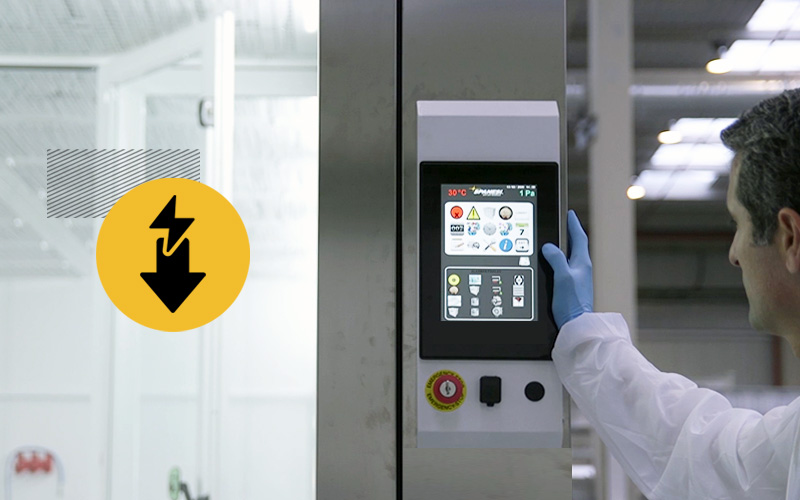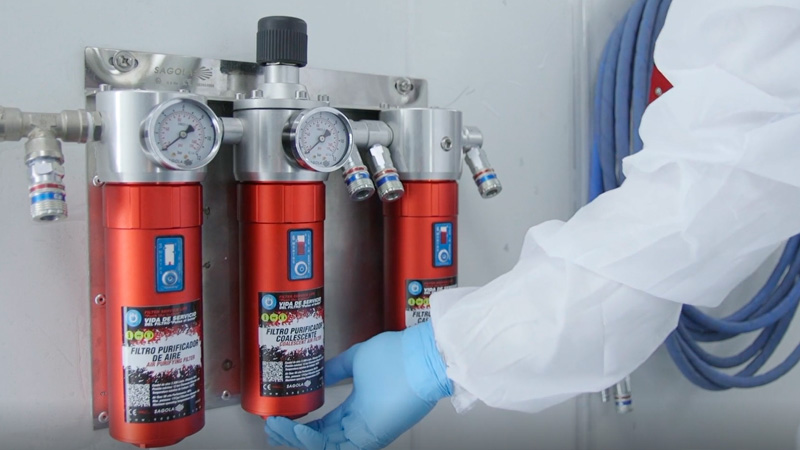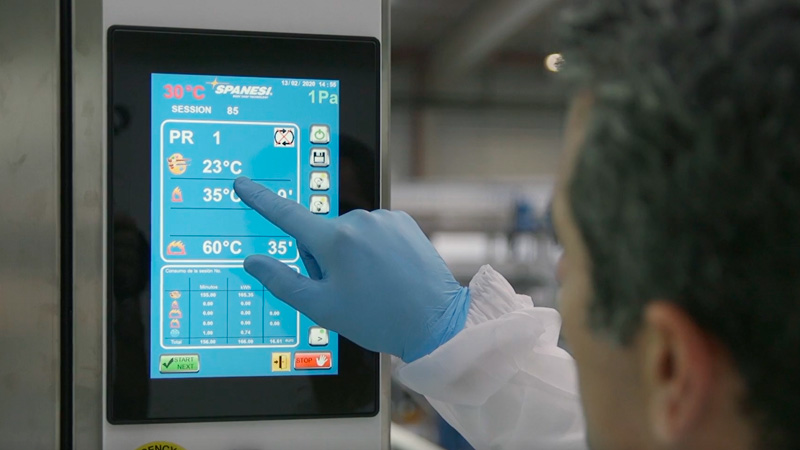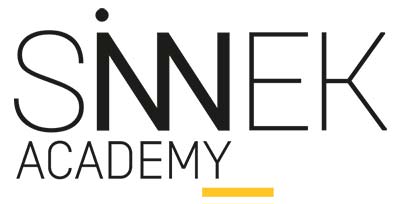
Energy consumption and cost has always been a point of conflict for improving the profitability of the bodyshop.
Currently, with the continuous increase in price of most fuels and energy sources, it is essential to use strategies, good practices and appropriate cost analysis to optimise the budget forecast for energy consumption in the bodyshop.
1. Reduce fixed energy costs
Small redundant expenses or “small scale” expenses are those that occur unconsciously, repeatedly, unnecessarily, and that can add up to a significant amount over time.
An example of this type of expenses are those related to the electricity bill, such as the contracted power.
It is important to adapt the electricity supply to the real demand of the bodyshop, adjusting the fee per power term and checking whether the contracted tariff per KWh consumed is competitive in relation to our budget.
These good practices can also be extended to gas supply or other energy contracts that we may have.
Other aspects such as the reactive energy allowance, the hourly discrimination allowance, the power penalty or electricity taxes should be known and considered by bodyshop managers in order to optimise electricity costs.
Of course, all of these best practices can also be extended to the gas supply or other energy contracts that we have contracted.
2. Maintenance of equipment and booths: best practices to reduce energy consumption
The correct maintenance of application equipment and paint booths is essential to ensure lower energy consumption in the bodyshop.
A malfunctioning device can be a significant waste of energy. Here are some tips:
Filter cleaning and maintenance
Regular cleaning of spray booth filters and air extraction systems ensures optimum air flow and reduces energy consumption (in addition to minimising possible painting defects).

Sealing review
Ensuring that spray booths and work areas are well sealed helps to avoid heat loss and unwanted air ingress, maintaining the set temperature without increasing energy consumption.
3. Optimising lighting in the bodyshop
It is important for the bodyshop to have an appropriate lighting system for each working area (spray booth, mixture room, plenum, etc.) and to the extent possible with a sectorised
lighting based on the different areas of the bodyshop, allowing areas not used in certain work processes to be switched off.

Replacing traditional lighting systems such as fluorescent tubes or halogen lamps with LED technology ensures lower energy consumption, even in less important areas of the bodyshop such as the warehouse, reception or office.
The use of devices such as time schedulers or dimmers allow energy consumption in the bodyshop to be rationed.
Finally, if the layout of the bodyshop allows it, we recommend using sunlight through skylights or special tubes, which favour reducing artificial energy consumption in favour of natural light.
4. Booth drying tips: energy efficiency during the painting process
Booth drying is one of the most energy-consuming processes in a bodyshop. Here are some tips on how to optimise this process:
Planning the paint works
Organising painting tasks efficiently and grouping jobs that require similar drying conditions can reduce the time the booth is in operation and therefore reduce energy consumption.
Detailed planning of the type of work and the availability of each operator will help us to have more control over the energy consumed.
Temperature and humidity control
Maintaining the right temperature and humidity in the spray booth is essential to ensure efficient drying and reduce energy costs.
These circumstances may be increased in times of more extreme temperatures, such as during the painting of vehicles in summer or in winter.

5. Analysing costs: the key to greater bodyshop profitability
The management and analysis of energy costs is crucial to improve the profitability of your bodyshop.
Monitoring energy consumption
Keeping a record of energy consumption and comparing it to the bodyshop’s production will help you identify areas for improvement and saving opportunities.
While it is true that calculating and recording energy consumption is increasingly complex due to the continuous fluctuations in energy prices, we must ensure that we obtain the objective data based on the amount consumed in each period.
Setting consumption reduction targets
Setting realistic energy reduction targets and designing action plans to achieve them will allow you to improve the profitability of your business.
Investing in technology and training
Investing in more efficient equipment and technology, and employee training, can significantly contribute to reducing energy costs in the bodyshop.
It is important to ensure that the professional team receives updated bodyshop training .
Good training of the team of professional painters will increase the bodyshop’s productivity and profitability.
This type of training may be related to the use of the products, the use of machines and tools such as the spectrophotometer or dosing machines, in addition to bodyshop management and marketing courses.

Using efficient products
Using products manufactured with the latest technology on the market is an essential aspect in the pursuit of maximum cost-effectiveness.
The SINNEK product range enables faster and more energy-efficient repairs, while providing excellent final finishes.
The W6000 series can significantly reduce drying times and eliminates extra energy consumption during the drying process, without reducing the quality.
Professional painters can dry at a temperature of 20°C, and have the surface ready in 15 minutes, or in 5 minutes using a dry jet.
Conclusion
By following these tips and implementing these strategies, you can reduce your bodyshop’s energy consumption and increase its profitability. The time has come to take the first step towards a more efficient and profitable bodyshop!


